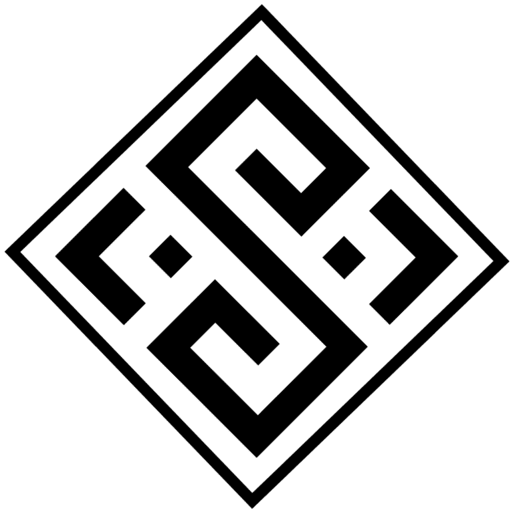The Kashan handwoven rug can be considered one of the finest examples of hand-woven carpets in Iran and the world. As Kashan is recognized as the world’s largest center for machine-made rug exports, with 70% of Iran’s machine-made rug exports, it’s possible that many of us are unfamiliar with the handwoven rugs of the region, even though the foundation and essence of rug-weaving in this area originated from this type of rug.
The features, specifications, and prices of the Kashan handwoven rug are different from those of other rug-weaving centers in Iran, and if you intend to purchase one, it is essential to become familiar with them first. In this article, we aim to thoroughly examine and analyze these aspects for you.
As we mentioned at the beginning, we all recognize the city of Kashan by its carpets, and perhaps it can be said that Kashan is the only city where everyone recalls its carpets when they hear its name. Studies show that over 1500 meters of hand-woven carpets are produced in Kashan annually, which have a very high beauty and quality, which has made the carpets of this region famous around the world. Since carpet weaving in the city of Kashan is rich in history, in the designs of the carpets of this region, you can clearly see the use of the history and architecture of the city of Kashan. Beautiful carpets with special designs, elegant, and noble, which are decorated by the artists of this region on the rugs.
Yarn and Raw Materials for Kashan Carpets
In Kashan carpet weaving, there are three main raw materials; wool, cotton, and silk which are mostly used in carpet making.
In carpet yarn or raw silk, wool is usually used which comes from goats. However, in silk carpets, which are less expensive due to their production cost, silk is used instead.
In flatweave or horizontal knot carpets, cotton is the most commonly used raw material in Kashan carpets. Using cotton provides high strength and durability to the carpet against wear and tear.
The pile carpet or vertical knot is mostly made of cotton material. Pile is made in two forms, “under pile” (thick pile) and “over pile” (thin pile).
The type of weave in Kashan carpets
The type of weave in Kashan carpets is a Persian knot weave and is usually two-ply. However, it should be noted that in the Jooshghan region of Kashan, which is an important part of Kashan’s carpet weaving, the weaving is done in three-ply. The knot count, which is the most important factor in indicating the quality of the carpet, varies in the Kashan region from 25 to 70 knots per square inch. This varies depending on the raw materials used, but typically in Kashan, cashmere carpets have knot counts of 27 to 40, Karaki carpets have knot counts of 30 to 45, and wool carpets have knot counts of 55 to 70 or higher.
The dimensions of Kashan carpets and rugs
The first consideration when it comes to the physical characteristics of Kashan carpets and rugs is their size. It’s interesting to note that in this region, the first element of beauty is the size of the carpet and rug, and the way it’s measured is by counting the knots in it. The number of knots is calculated by multiplying the number of knots per square meter by 20, and the most commonly used dimensions are 64 and 72 knots, which correspond to 12 and 9 meters, respectively. Today, the most widely produced sizes for Kashan carpets are 3 x 2 meters and 5/3 x 5/2 meters, followed by 4 x 3 meters, carpet runners, widths, and halves.
Colors of Kashan rugs
One interesting note about Kashan is that it’s renowned for producing richly colored rugs. The art of dyeing carpets and rugs in this region dates back more than 7,000 years.
So, what kind of colors can you expect from a city with such a rich history of dyeing rugs? Unique and special colors are one of the ways to identify rugs from this region from those produced elsewhere in Iran. The colors that were commonly used in the traditional Kashan rugs of the past include the lac, sky blue, green, cream, facial, red, blue sapphire, and more.
Kashan Carpet Designs Kashan Carpets
The designs used in Kashan carpets are very diverse; below is a list of them in brief:
Mihrab design: As its name suggests, this design is based on the mosque Mihrab and is mainly used for carpeting prayer rugs.
Afshan design: Afshan is a special and popular design that is without a border and medallion, and is composed of flowers, large and small buds, curvy lines, and surrounded by a fringe.
Gol-Dani or tree design: This design can be introduced as one of the oldest and most authentic designs of the Kashan carpet. It has various types and features, including no repetition and depicting a flower garden or tree throughout the carpet.
Lachak, Trang, and Mihrab design: This design is probably taken from the leather covers of old books and some mosque and school calligraphy, and has been a popular design in Iranian carpet design since at least the Safavid period.
Shikargah design: This design also has a high history and mostly refers to the hunting grounds of the Safavid period. The background or ground of this design includes a view of the hunting grounds, with birds and animals, etc. depicted in the design.
